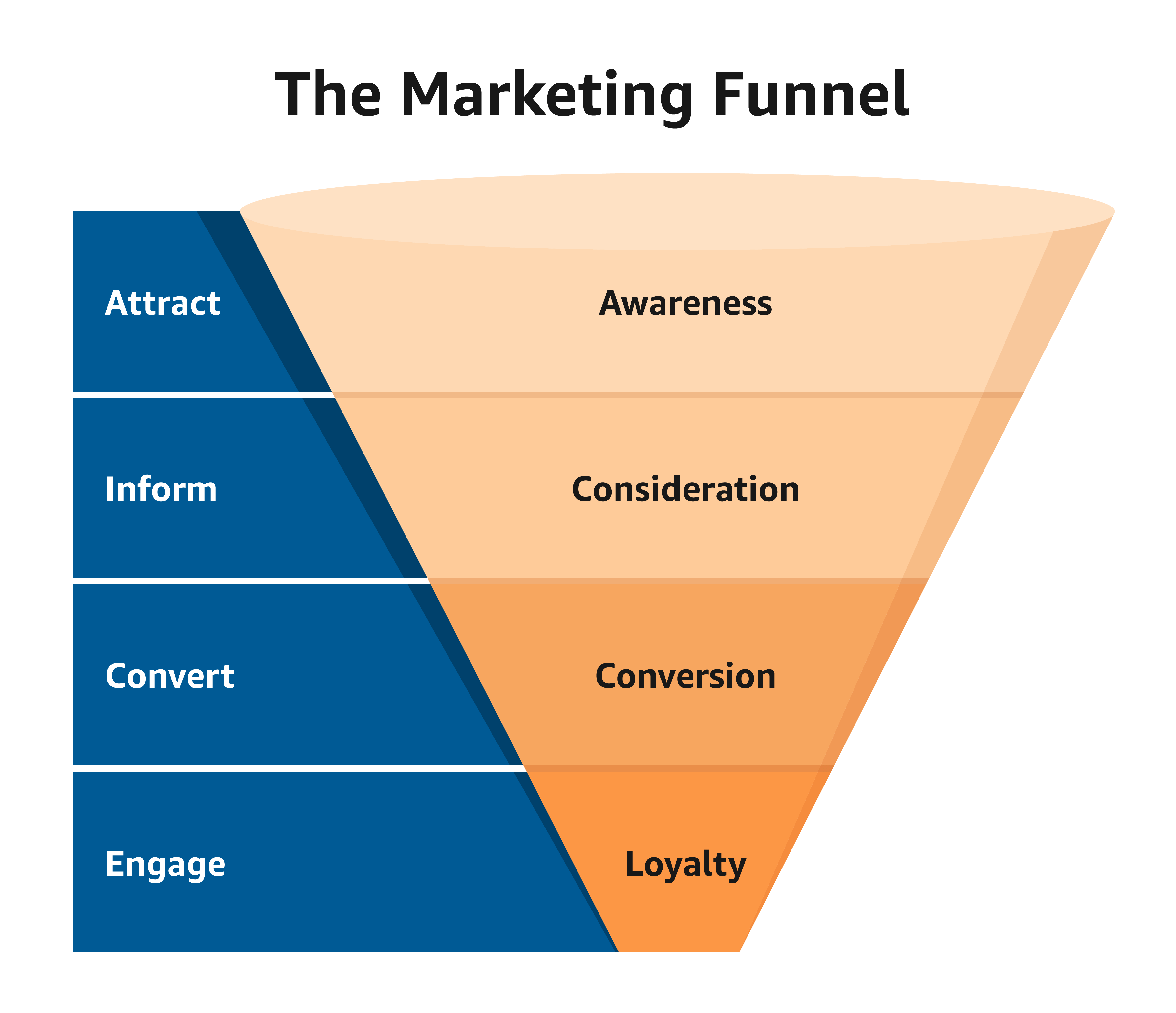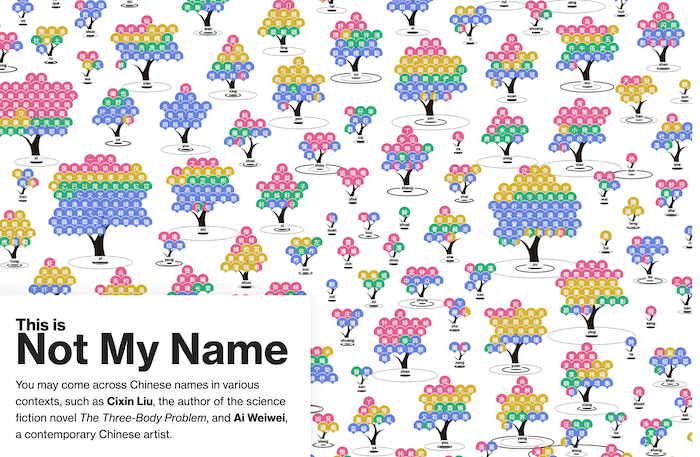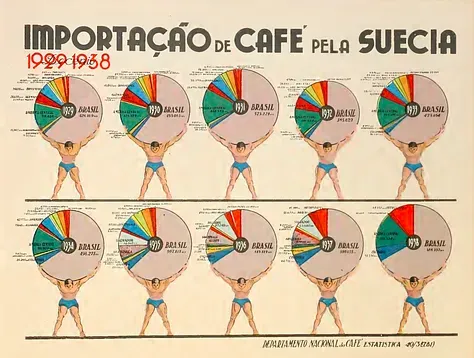Nonlinear thinking in marketing
Reporting from Avinash's talk on see think do care

I recently had the pleasure of listening to Avinash live at an event sponsored by Precise TV. Avinash is someone who gets marketing analytics, as well as a great communicator.
The talk is centered on his "See, Think, Do, Care" framework, which is posited as a challenger to the dominant schematic of a "marketing funnel".
For those readers unfamiliar how marketers think, they think linearly not unlike the rest of the world. A marketing funnel is a classical way of organizing the marketing function.

In the example above, the universe of the potential customers of a business is divided into four groups: the first group consists of people who are aware of the company's products but not yet considering a purchase; the second group are those thinking about buying; the third group are those who decide to buy for the first time; and the last group are those who have purchased more than once.
In this funnel setup, a marketing team can be split into four sub-teams. The first team focuses on driving awareness; the second team's goal is to get people from aware to interested; the third team - which is the core of marketing - wants to "convert" interested prospects into first-time customers; lastly, the loyalty team's job is customer retention, indicated by return purchases.
The funnel describes a linearized world. Each person enters the top of the funnel, and marketing's job is to push them down the funnel as far as possible, as quickly as possible, and keep them there.
Avinash opposes this linear view of the world. In his "See, Think, Do, Care" framework, he also sets up four groups but people can move from any to any. He calls these groups "audience intent clusters".
The "See" group consists of people who are just looking around. The "Think" group are those who have expressed some interest - in the digital world, interest is evidenced by specific behaviors (such as clicking on some link). The "Do" group are those who are close to buying, for example, those who have moved an item to their shopping cart. The "Care" group are the return customers. Unlike traditional funnel users, Avinash wisely sets the bar higher. Someone who has made just one purchase isn't a target; someone who has made two or more purchases is worth cultivating. It's common sense, yet he's right - most marketers see anyone who has bought something as potentially "loyal". The problem with such an approach is that most of the loyalty marketing dollars would be wasted on people with no intent of returning. Why not focus the spending on those with a higher chance of future business?
Avinash points out the lack of "care" in how many businesses deal with the "care" segment. This is particularly true of technology companies. Tech support FAQs, and a support phone number that's hidden from view show return customers not love but indifference.
The key idea of the talk: any person is not trapped in one of four stages until the marketers shove them one step below. A "loyal" customer might be browsing at the brand's Instagram channel, and her intent might be "see", not "do". So, the content shown to her should incite curiosity, rather than hard selling.
There's more here (link) in Avinash's own words.



